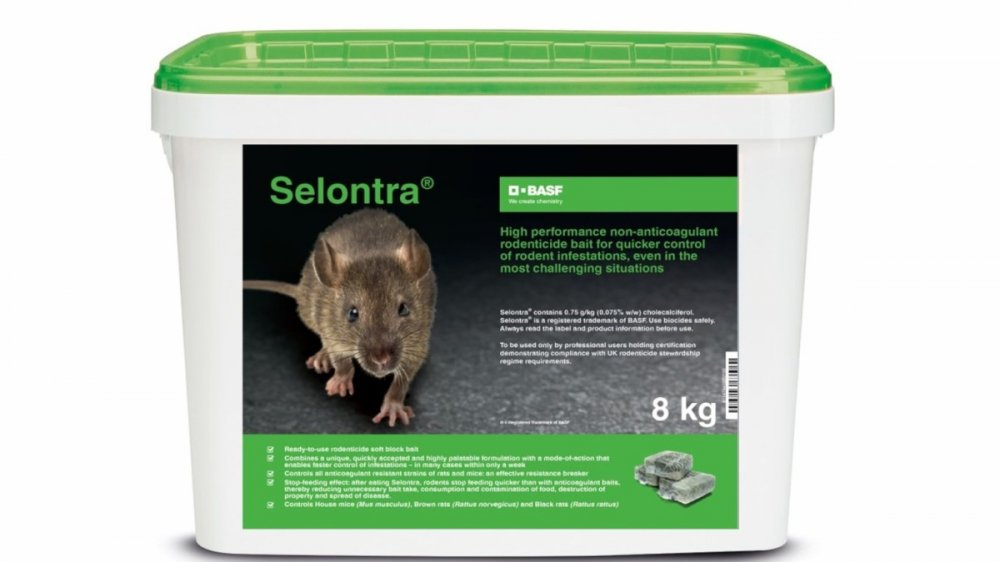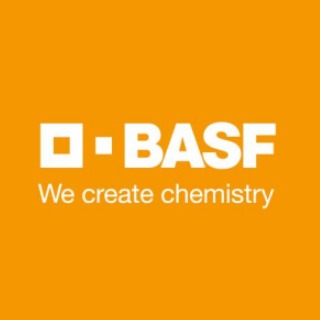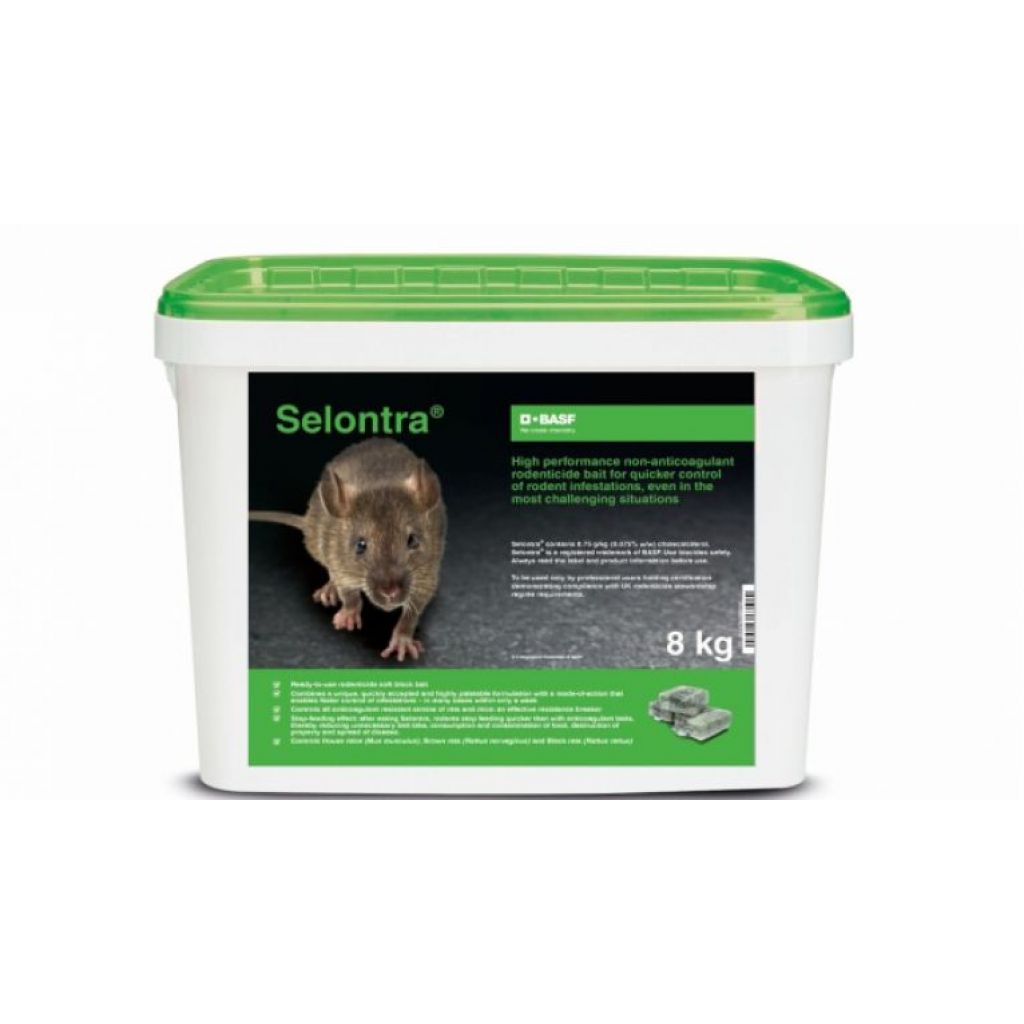Do you know which products are effective as rodenticides?
The main rodenticides used for rodent control have always been anticoagulants, substances that prevent blood clotting, thus causing death by internal bleeding.
Ideally, rodenticides should have a high toxicity (or potency) for rodents and should prevent the development of resistance. There is currently a lot of resistance to the first rodenticides that were used (first-generation anticoagulant rodenticides or FGARs) and they are no longer as effective.
Subsequently, new products have appeared on the market that have increased efficacy and decreased resistance (second-generation anticoagulants rodenticides or SGAR). The following table shows the evolution of the different types of rodenticides:
| Rodenticide | Year | |
|---|---|---|
| Frist generation | Warafin | 1950 |
| Diphacinone | 1952 | |
| Coumatetralyl | 1956 | |
| Chlorophacinone | 1961 | |
| Second generation | Difenacoum | 1972 |
| Bromadiolone | 1975 | |
|
Second generation - single dose |
Brodifacoum | 1973 |
| Flocoumafen | 1983 | |
| Difethialone | 1989 |
Biosafety Guide - Ricard Parés, BASF
Among the second-generation rodenticides, the first ones were called multiple-dose (difenacoum and bromadiolone) because it is expected that the rodent has to ingest the product repeatedly to acquire the lethal dose.
Later, single-dose rodenticides (brodifacoum, flocoumafen, and difethialone) were discovered. They are so named because a single ingestion by the rodent should be sufficient for it to ingest the lethal dose.
Anticoagulant rodenticides are toxic to all mammals and even birds, so they can have an environmental impact if they affect wild mammals and birds both by ingestion of the product (primary toxicity) and by ingestion of rodents killed by the rodenticide (secondary toxicity). In view of these effects, since March 2018, Commission Regulation (EU) 2016/1179 of 19 July 2016 must be applied, which has a number of requirements for anticoagulant products formulated with more than 30 ppm of active ingredient: it excludes them from being sold to non-specialized professionals and, in addition, they must bear the warning symbol and the text "May harm the fetus" on the label. Consequently, farmers need a product with a concentration lower than 30 ppm, but that has a high toxicity in a single dose (both to control resistant individuals and to control the emergence of new resistance).
Learn more about the advantages of Selontra®

products
Contact:
Contact us using the following form.


